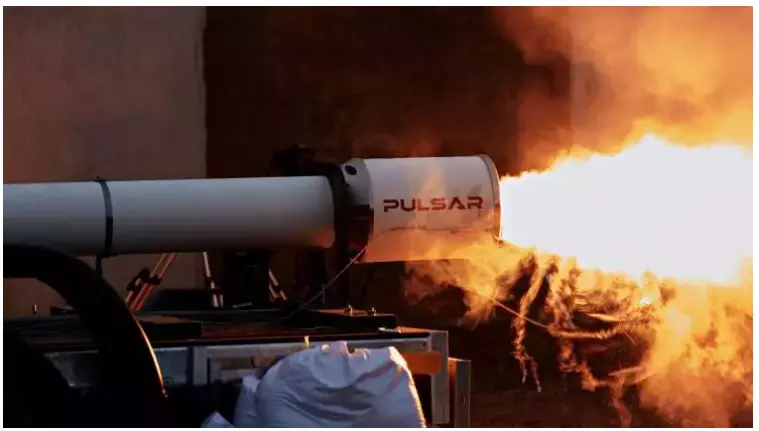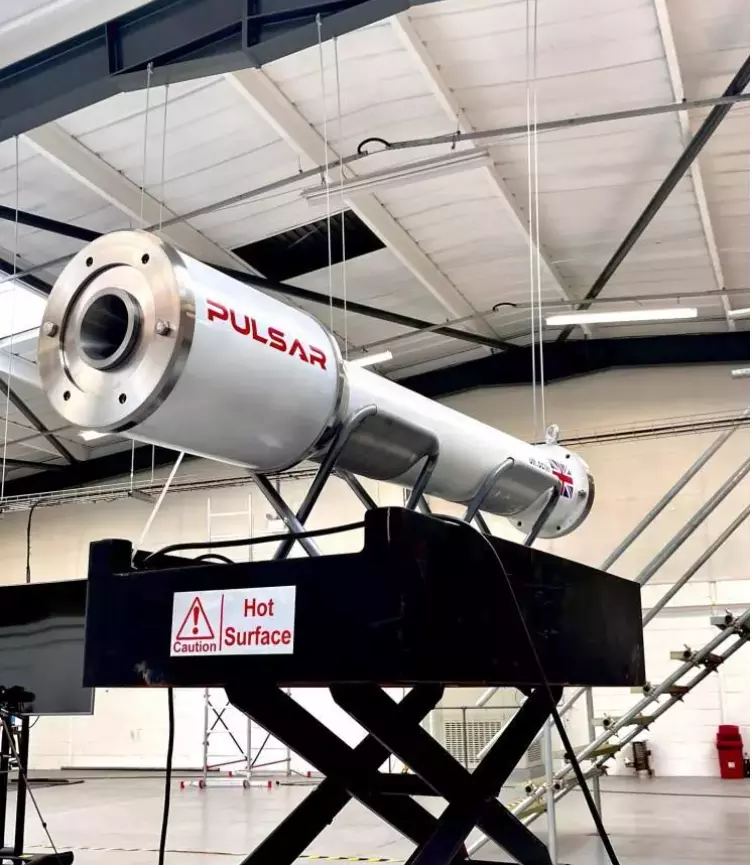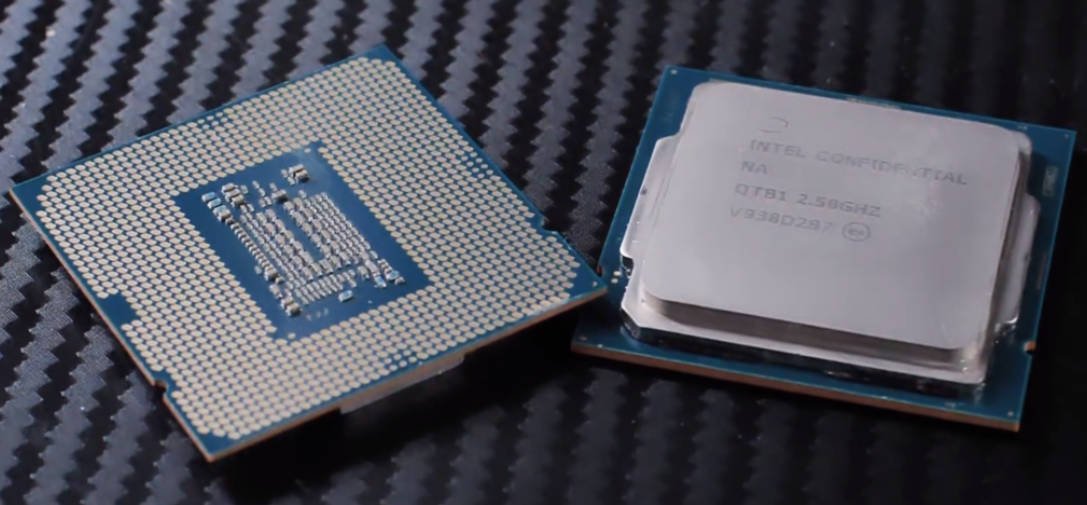
British company Pulsar Fusion plans to test a thermonuclear engine in space by 2027
Pulsar Fusion has developed and successfully tested its first ready-to-launch powerful chemical rocket engine.
UK-based Pulsar Fusion Ltd. recently developed and successfully tested its first high-power chemical rocket engine. The engine has many uses, from launching astronauts and payloads into space, to developing an ultra-high-speed fusion propulsion mechanism for interplanetary travel, the first prototype of which is slated to be unveiled in 2025. And when this idea comes true, the travel time to Mars could be cut in half.
 Static tests of the Pulsar Fusion rocket engine. Source: Pulsar Fusion
Static tests of the Pulsar Fusion rocket engine. Source: Pulsar Fusion
Target: Thermonuclear rocket engine
The company is one of the few in the world that is developing ultra-high-speed engines based on thermonuclear fusion technology. During static tests conducted on November 17 and 18, 2021 at the Defense Department’s military base in Salisbury, the engine was run at full power to assess performance. All of this can be seen in the video below, which was posted by Pulsar Fusion on Sunday.
The hybrid rocket engine has demonstrated stunning ejection characteristics such as the supersonic impact diamonds * (not to be confused with mineral diamond), which are characteristic of high-temperature rocket exhaust with high mass air flow, according to a press release released by the Internet publication Interesting Engineering.
The eco-friendly hybrid rocket engine used by Pulsar burns oxidant nitrous oxide (N2O), high density polyethylene (HDPE) fuel and oxygen. The liquid oxidizer is supplied under controlled pressure through a control valve to the combustion chamber containing the patented technology.
Next, the company plans to hold an international demonstration for space customers in Switzerland on November 25th. “We are extremely proud of the upcoming demonstration of our equipment later this month in Switzerland, and with these accomplishments we look forward to expanding our collaboration with the UK and European space community,” said Richard Dinan, CEO of the company.
However, the main goal will be the development of fusion jet engines for static demonstration by 2025, as well as the production, testing and launch of a thermonuclear engine in outer space by 2027. After that, humanity will be able to use the energy of thermonuclear fusion to send astronauts of the future to Mars.
* Impact diamonds (also known as Mach diamonds or axial diamonds) are the formation of standing wave structures that appear in the supersonic exhaust plume of an aerospace propulsion system, such as a supersonic jet engine rocket, ramjet, or GPU when it is operating.





